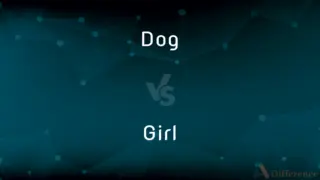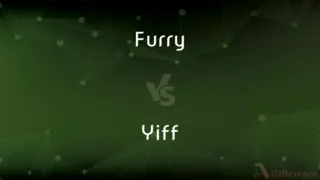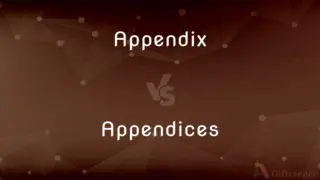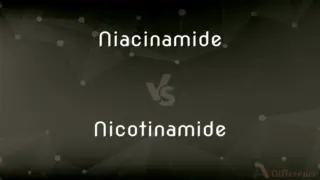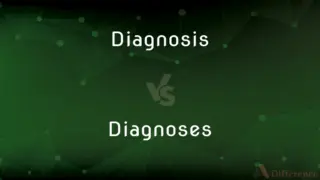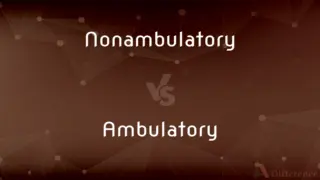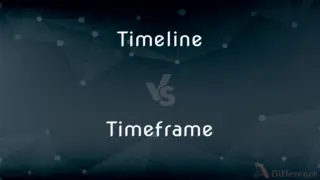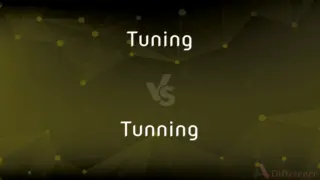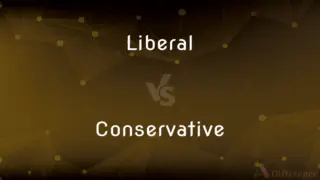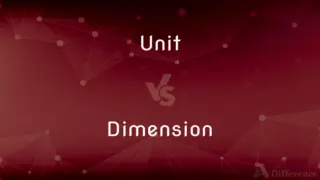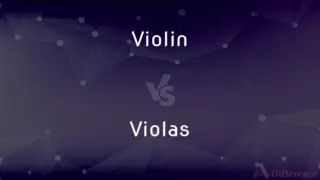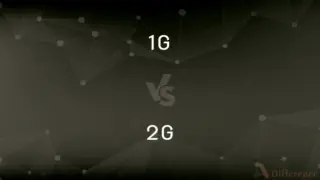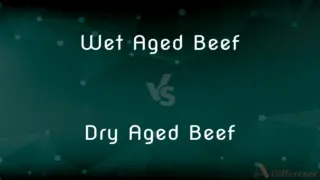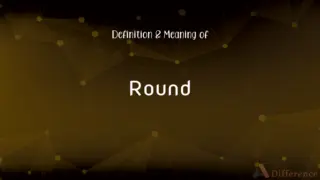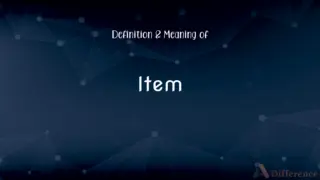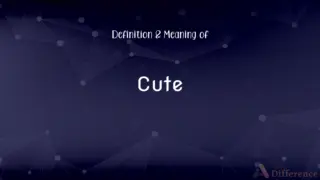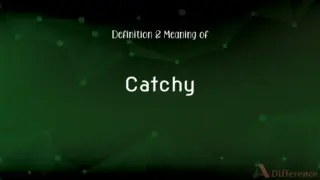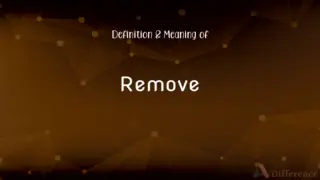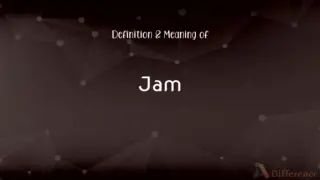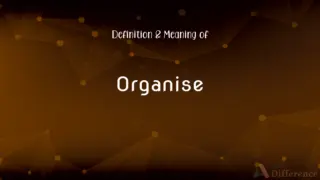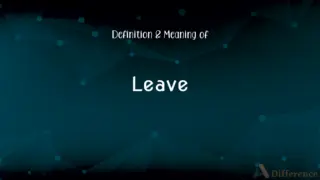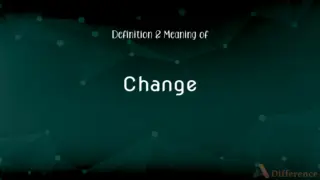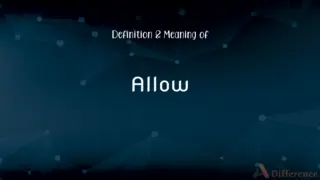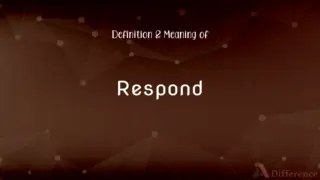Fender vs. Wing — What's the Difference?
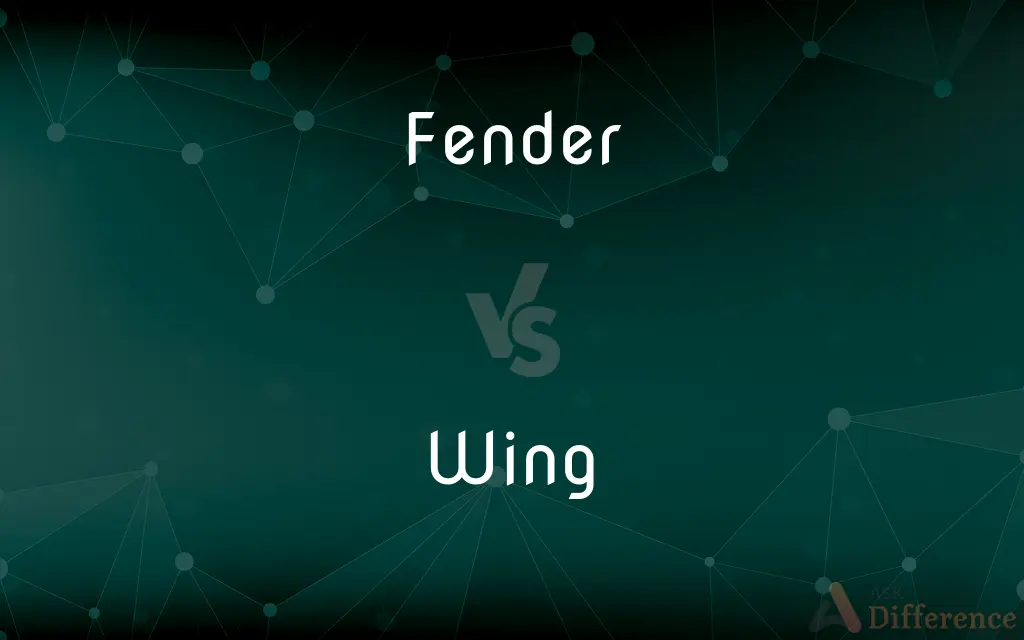
Difference Between Fender and Wing
ADVERTISEMENT
Compare with Definitions
Fender
A guard over each wheel of a motor vehicle, for example, that is shaped and positioned so as to block the splashing of water or mud.
Wing
A wing is a type of fin that produces lift while moving through air or some other fluid. Accordingly, wings have streamlined cross-sections that are subject to aerodynamic forces and act as airfoils.
Fender
A device at the front end of a locomotive or streetcar designed to push aside obstructions.
Wing
One of a pair of movable appendages used for flying, as the feather-covered modified forelimb of a bird or the skin-covered modified forelimb of a bat or pterosaur.
Fender
A cushioning device, such as a bundle of rope or a piece of timber, used on the side of a vessel or dock to absorb impact or friction.
ADVERTISEMENT
Wing
One of the one or two pairs of membranous structures used for flying that extend from the thorax of an insect.
Fender
A screen or metal framework placed in front of a fireplace to keep hot coals and debris from falling out.
Wing
A structure or part used by an animal for gliding through the air, as the folds of skin of a flying squirrel or the enlarged pectoral fins of a flying fish.
Fender
(US) panel of a car which encloses the wheel area, especially the front wheels.
Wing
Wings An outspread pair of stylized bird's wings worn as insignia by qualified pilots or air crew members.
Fender
(US) a shield, usually of plastic or metal, on a bicycle that protects the rider from mud or water
Wing
An airfoil whose principal function is providing lift, especially either of two such airfoils symmetrically positioned on each side of the fuselage of an aircraft.
Fender
(nautical) any shaped cushion-like object normally made from polymers, rubber or wood that is placed along the sides of a boat to prevent damage when moored alongside another vessel or jetty, or when using a lock, etc. Modern variations are cylindrical although older wooden version and rubbing strips can still be found; old tyres are used as a cheap substitute
Wing
A thin or membranous extension, as of the fruit of a maple or ash, the seed of a pine, or the branches of a winged elm.
Fender
A low metal framework in front of a fireplace, intended to catch hot coals, soot, and ash
Wing
One of the lateral petals of the flower of certain plants in the pea family, such as the sweet pea.
Fender
(nautical) To use fenders to protect the side of a boat
Wing
The vane of a weathervane.
Fender
One who or that which defends or protects by warding off harm
Wing
The sail of a ship.
Fender
A barrier that surrounds the wheels of a vehicle to block splashing water or mud;
In England they call a fender a wing
Wing
A folding section, as of a double door or of a movable partition.
Fender
An inclined metal frame at the front of a locomotive to clear the track
Wing
Either of the two side projections on the back of a wing chair.
Fender
A low metal guard to confine falling coals to a hearth
Wing
A flat of theatrical scenery projecting onto the stage from the side.
Fender
A cushion-like device that reduces shock due to contact
Wing
Chiefly British The fender of a motor vehicle.
Wing
A structure that forms an extended part of or is attached to a main structure
The east wing of the school.
The children's wing of the hospital.
Wing
Either of the unseen backstage areas on the sides of the stage of a proscenium theater.
Wing
The act or manner of flying.
Wing
A means of flight or rapid movement
Fear lent wings to his feet.
Wing
A group affiliated with or subordinate to an older or larger organization.
Wing
Either of two groups with opposing views within a larger group; a faction.
Wing
A section of a party, legislature, or community holding distinct, especially dissenting, political views
The conservative wing.
Wing
Either the left or right flank of an army or a naval fleet.
Wing
An air force unit larger than a group but smaller than a numbered air force or, formerly, than a division.
Wing
Either of the forward positions near the sides of the playing area, especially in hockey.
Wing
A player who plays this position.
Wing
To move swiftly through the air or on wings
Birds winging south for the winter.
Wing
To pass over or through with wings
Birds winging the air.
Wing
To make (one's way) through the air or on wings
Birds winging their way north.
Wing
To carry or transport by flying
The plane winged the troops back home.
Wing
To furnish with wings
A mythological horse that is winged.
Wing
To feather (an arrow).
Wing
To throw or propel (a ball, for example) through the air.
Wing
To strike or wound in a wing or an appendage
Winged me with a snowball.
Wing
To furnish with side or subordinate extensions, as a building or an altarpiece.
Wing
To say or do (something) without preparation or forethought; improvise
Decided to wing his remarks to reporters.
Wing
An appendage of an animal's (bird, bat, insect) body that enables it to fly
The bird was flapping its wings
Wing
A fin at the side of a ray or similar fish
Wing
(slang) Human arm.
Wing
(aviation) Part of an aircraft that produces the lift for rising into the air.
I took my seat on the plane, overlooking the wing.
Wing
One of the large pectoral fins of a flying fish.
Wing
One of the broad, thin, anterior lobes of the foot of a pteropod, used as an organ in swimming.
Wing
(botany) Any membranaceous expansion, such as that along the sides of certain stems, or of a fruit of the kind called samara.
Wing
(botany) Either of the two side petals of a papilionaceous flower.
Wing
A side shoot of a tree or plant; a branch growing up by the side of another.
Wing
Passage by flying; flight.
To take wing
Wing
Limb or instrument of flight; means of flight or of rapid motion.
Wing
A part of something that is lesser in size than the main body, such as an extension from the main building.
The west wing of the hospital
The wings of a corkscrew
Wing
Anything that agitates the air as a wing does, or is put in winglike motion by the action of the air, such as a fan or vane for winnowing grain, the vane or sail of a windmill, etc.
Wing
A protruding piece of material on a menstrual pad to hold it in place and prevent leakage.
Wing
An ornament worn on the shoulder; a small epaulet or shoulder knot.
Wing
A cosmetic effect where eyeliner curves outward and ends at a point.
Wing
A faction of a political movement. Usually implies a position apart from the mainstream center position.
Wing
An organizational grouping in a military aviation service:
Wing
(British) A unit of command consisting of two or more squadrons and itself being a sub-unit of a group or station.
Wing
(US) A larger formation of two or more groups, which in turn control two or more squadrons.
Wing
(British) A panel of a car which encloses the wheel area, especially the front wheels.
Wing
(nautical) A platform on either side of the bridge of a vessel, normally found in pairs.
Wing
(nautical) That part of the hold or orlop of a vessel which is nearest the sides. In a fleet, one of the extremities when the ships are drawn up in line, or when forming the two sides of a triangle.
Wing
(sports) A position in several field games on either side of the field.
Smith started the game in the centre of midfield, but moved to the wing after 30 minutes.
Wing
(sports) A player occupying such a position, also called a winger
Wing
A háček.
Wing
(theater) One of the unseen areas on the side of the stage in a theatre.
Wing
(in the plural) The insignia of a qualified pilot or aircrew member.
Wing
A portable shelter consisting of a fabric roof on a frame, like a tent without sides.
Wing
On the enneagram, one of the two adjacent types to an enneatype that forms an individual's subtype of his or her enneatype.
Tom's a 4 on the enneagram, with a 3 wing.
Wing
(transitive) To injure slightly (as with a gunshot), especially in the wing or arm.
Wing
(intransitive) To fly.
Wing
To add a wing (extra part) to.
Wing
(transitive) To act or speak extemporaneously; to improvise; to wing it.
I lost all my notes I'd made, so was partially winging the meeting.
Wing
(transitive) To throw.
Wing
(transitive) To furnish with wings.
Wing
(transitive) To transport with, or as if with, wings; to bear in flight, or speedily.
Wing
(transitive) To traverse by flying.
Wing
One of the two anterior limbs of a bird, pterodactyl, or bat. They correspond to the arms of man, and are usually modified for flight, but in the case of a few species of birds, as the ostrich, auk, etc., the wings are used only as an assistance in running or swimming.
As an eagle stirreth up her nest, fluttereth over her young, spreadeth abroad her wings, taketh them, beareth them on her wings.
Wing
Any similar member or instrument used for the purpose of flying.
Wing
Passage by flying; flight; as, to take wing.
Light thickens; and the crowMakes wing to the rooky wood.
Wing
Motive or instrument of flight; means of flight or of rapid motion.
Fiery expedition be my wing.
Wing
Anything which agitates the air as a wing does, or which is put in winglike motion by the action of the air, as a fan or vane for winnowing grain, the vane or sail of a windmill, etc.
Wing
An ornament worn on the shoulder; a small epaulet or shoulder knot.
Wing
Any appendage resembling the wing of a bird or insect in shape or appearance.
Wing
One of two corresponding appendages attached; a sidepiece.
Wing
Any surface used primarily for supporting a flying machine in flight, especially the flat or slightly curved planes on a heavier-than-air aircraft which provide most of the lift. In fixed-wing aircraft there are usually two main wings fixed on opposite sides of the fuselage. Smaller wings are typically placed near the tail primarily for stabilization, but may be absent in certain kinds of aircraft. Helicopters usually have no fixed wings, the lift being supplied by the rotating blade.
Wing
One of two factions within an organization, as a political party, which are opposed to each other; as, right wing or left wing.
Wing
An administrative division of the air force or of a naval air group, consisting of a certain number of airplanes and the personnel associated with them.
Wing
To furnish with wings; to enable to fly, or to move with celerity.
Who heaves old ocean, and whowings the storms.
Living, to wing with mirth the weary hours.
Wing
To supply with wings or sidepieces.
The main battle, whose puissance on either sideShall be well winged with our chiefest horse.
Wing
To transport by flight; to cause to fly.
I, an old turtle,Will wing me to some withered bough.
Wing
To move through in flight; to fly through.
There's not an arrow wings the skyBut fancy turns its point to him.
Wing
To cut off the wings of or to wound in the wing; to disable a wing of; as, to wing a bird; also, [fig.] to wound the arm of a person.
Wing
A movable organ for flying (one of a pair)
Wing
One of the horizontal airfoils on either side of the fuselage of an airplane
Wing
A stage area out of sight of the audience
Wing
A unit of military aircraft
Wing
The side of military or naval formation;
They attacked the enemy's right flank
Wing
A hockey player stationed in a forward positin on either side
Wing
The wing of a fowl;
He preferred the drumsticks to the wings
Wing
A barrier that surrounds the wheels of a vehicle to block splashing water or mud;
In England they call a fender a wing
Wing
An addition that extends a main building
Wing
Travel through the air; be airborne;
Man cannot fly
Share Your Discovery
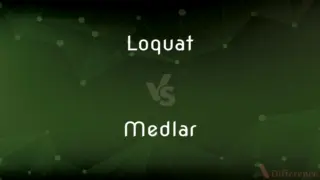
Previous Comparison
Loquat vs. Medlar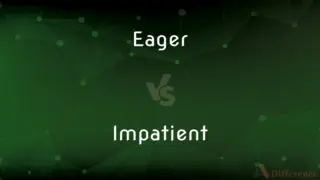
Next Comparison
Eager vs. Impatient


